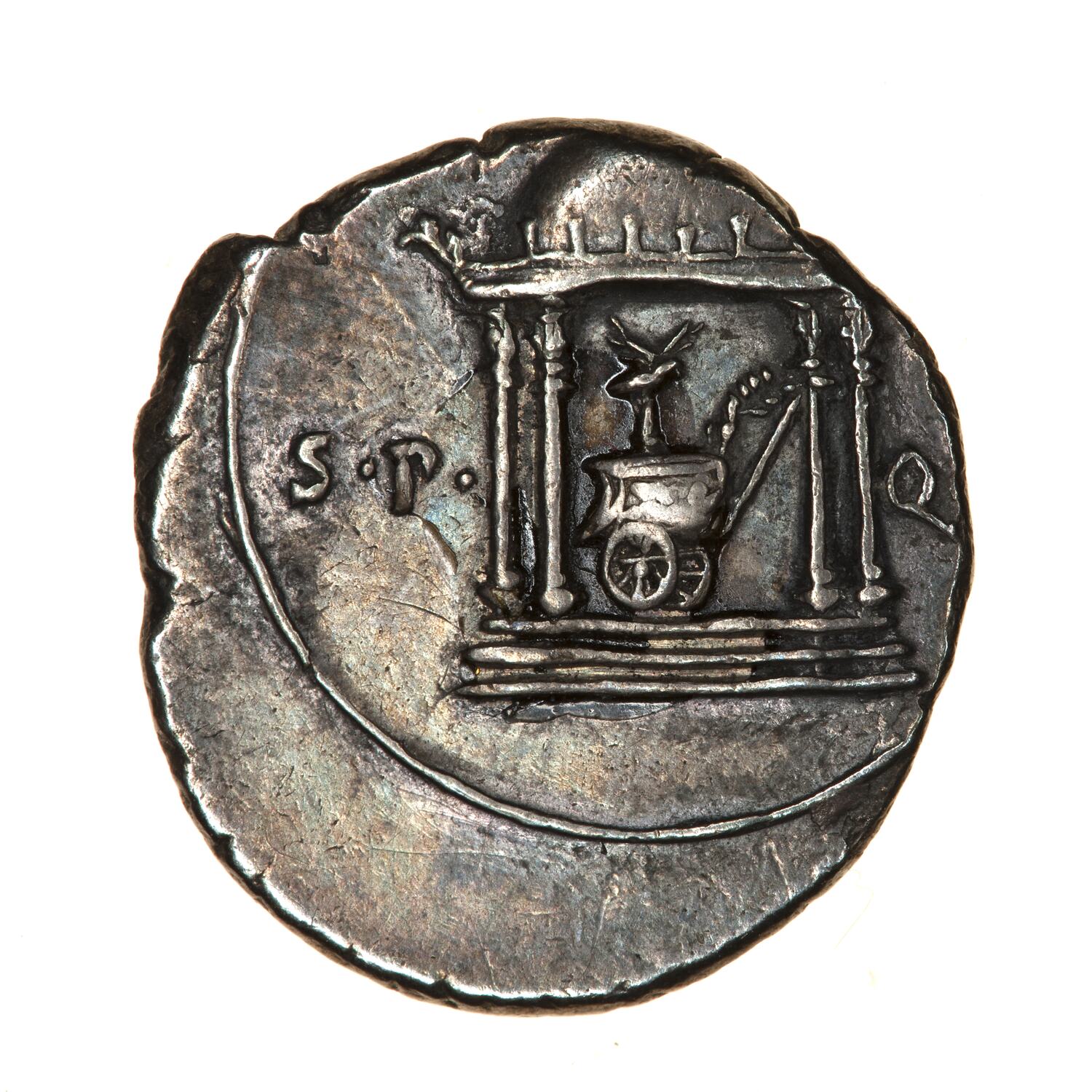

Some counterfeits were made by casting and some ancient molds are still extant. The one link to Greek coins is at the end. AD 270)Ĭlick on the links or images below to see more coins from each time period. asses in Britain under Claudius in the mid-first century AD, or "barbarous radiates" in Britain and Gaul c. silver-plated denarii under the Roman Republic)Ģ) "epidemic" for counterfeits that make up a substantial fraction of the coins in circulation (e.g. We sometimes use these terms:ġ) "endemic" for regularly occurring counterfeits (e.g. Counterfeits were especially prominent in several periods and places.

Many "Claudian copies" are found at Roman forts and may have been produced by the military.Ĭoins were regularly counterfeited throughout the entire Roman period. Much of the coinage of Roman Britain was locally and unofficially produced. Then, in neglected provinces, the locals sometimes made their own unofficial coins. Apparently the Roman government was often not interested in providing all provinces with coins to facilitate small monetary transactions. Many counterfeits are not deceptive because their designs are so much cruder than official coins or their sizes are so much smaller than the official coins.

A British imitation of a type of Claudius (AD 41-54) is illustrated here (reverse with Minerva striding right with spear and shield, S C on either side, 24 mm) with its 28 mm prototype to the right. Rackham, Loeb edition, 1956Ĭounterfeits that served to augment the supply of small change were struck in copper in (usually) crude imitation of official types. Pliny, Historiae Naturalis XXXIII, translation by H. "Now what do you hold to be the most difficult calling," he went on, "after Literature? I think the doctor's and the money changer's the doctor, because he's got to know what chaps have in their insides, and when the fever's coming, - though truly I hate 'em like fury, for they're for ever ordering me duck-broth the money changer, who detects the bronze underneath the surface plating of silver." You can see the copper of the core where the silver has broken off on this imitation of Trajan, AD 98-117. The profit was in the substitution of cheap copper for expensive silver in the core of the coin. Often called "fourrés" (occasionally spelled "fourrées" or "fourrees" when the accent is not used), they consist of silver-plated coins struck on flans with base metal cores and just enough silver on the outside to make them look like, and pass for, good silver. The term "imitation" encompasses a wide variety of coin types from very small and crudely struck coppers minted in Britain to impressive full-weight gold pieces minted by German tribes.Ĭounterfeits made for profit and intended to deceive usually imitate silver coins (denarii) with pieces of much less intrinsic value. The term "imitation" is used for both, but is most appropriate for the second type where the imitations were more or less similar to official types, but not deceptive. AD 500 (with a few Greek coins at the end).ġ) counterfeit pieces intended to deceive in order to make a profit for the counterfeiter (usually silver-plated over a base metal core, as illustrated above), andĢ) unofficial pieces intended to serve as small change (or, much less commonly, silver or gold money) in places where official coins were not in sufficient supply. This site discusses and illustrates imitations of Roman coins from c. Navigation improved.Ĭoins were counterfeited almost as soon as they were invented (c. New, June 29, 2016: Many thumbnails replaced with larger images. 12: A Greek fourree drachm of Byzantion in Thrace (third coin down).

What's new? 2020, June 22: A page on barbarous radiates of the Gallo-Roman empire, c. Searching: Particular emperors and their relatives are on pages organized chronologically below. I will almost certainly give permission.Į-mail me at: Comments, gentle criticisms, and questions are welcome. If you want to use some of it, please ask. This entire site, copyright (c) 2002-2022 by Warren EstyĪll rights reserved.


 0 kommentar(er)
0 kommentar(er)
